The book covers very comprehensive information on history of agriculture, role of agronomy with other disciplines of agriculture, tillage practices, nutrient elements for plant growth, weeds and their management, irrigation management, crop physiology, crop physiology, crop ecology and integrated farming system. Detailed information on history and origin, improved varieties, date of sowing, method of sowing, seed rte, methods of weed control, irrigation requirements and plant protection techniques for important field crops viz. cereals (rice, wheat, maize, barley, sorghum, pearlmillet, oats), oilseeds (groundnut, reapeseed and mustard, linseed, niger, sesame, sunflower, safflower, castor), pulsus (chickpea, lentil, field pea, pigeon pea, green gram, black gram, soyabean, cowpea), sugar crops (sugarcane, sugarbeet) and fiber crops (cotton, jute, sunhemp, mesta, ramie) has been given. Benefits and major limitations of organic farming, production and demand of organic products, different biopesticides and biofertilizers and nutrient management for organically grown crops have been given. Also information on cultivation practices for important medicinal, aromatic, spice crops as well as plantation crops along with their uses/medicinal values has been provided. This book will be very helpful for B.Sc. Agriculture students throughout the country as it covers nearby the entire syllabus for agronomy courses framed by ICAR as suggested by Fourth Dean’s Committee.
Science of Agronomy
In stock
Free & Quick Delivery Worldwide
reviews
Bibliographic information
Title
Science of Agronomy
Author
Edition
1st ed.
Publisher
ISBN
8172336981
Length
x+606p., 24cm.
Subjects

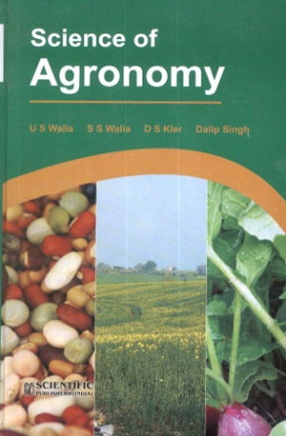
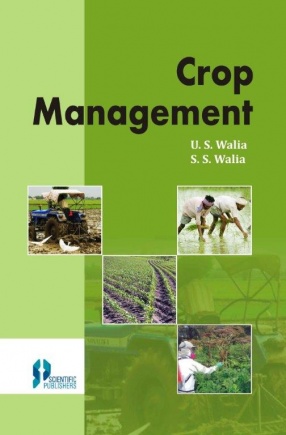
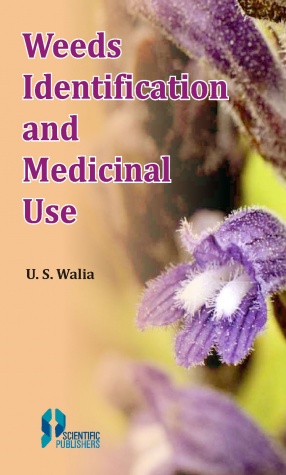
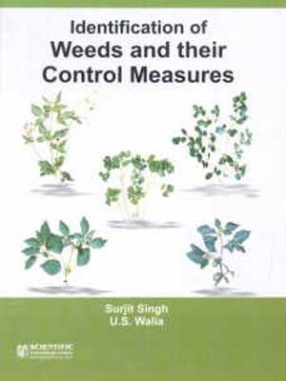
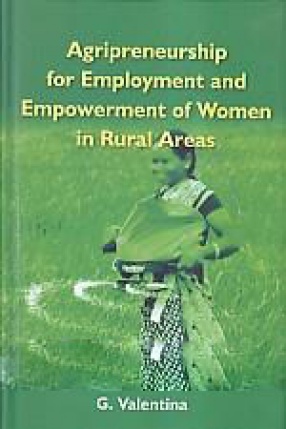

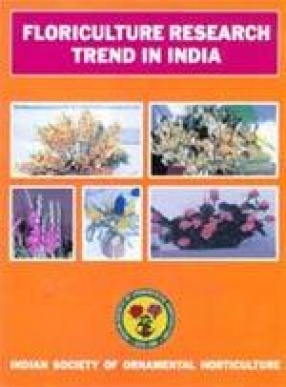
There are no reviews yet.